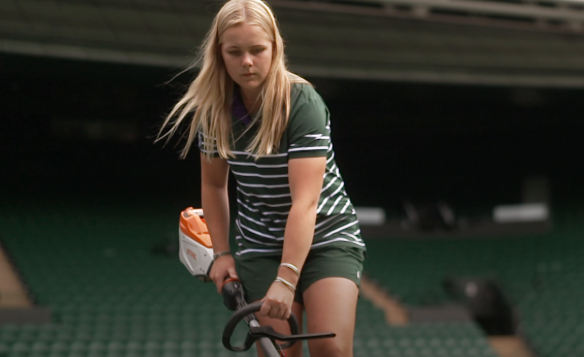AI tool to measure wine quality under development
22 August 2022 | News
Lincoln researchers are adding a hint of silicon to the scents of game, leather, cherry, plum, and raspberry redolent in the aroma of New Zealand Pinot noir.
They are working on artificial intelligence techniques to help identify the quality of wine without touching a drop, helping the wine industry to automate a time-consuming and costly process.
The recent paper, A machine learning application in wine quality prediction, published in Machine Learning with Applications (an Elsevier journal), showed that by generating synthetic data, the researchers identified important attributes which increased the accuracy of a machine learning model.
This helps their progress towards developing a machine learning-based web application that wine researchers and wine growers can use to predict wine quality based on the important chemical and physio-chemical compounds, giving them the capability to “tune various variable quantities”.
The research utilised 18 Pinot noir wine samples with 54 different characteristics (seven physiochemical and 47 chemical features), and they generated 1381 data samples.
Co-author Professor Don Kulasiri, head of Lincoln’s Centre for Advanced Computational Solutions (C-fACS), said the generation of synthetic data played a crucial role in the study, as there was limited raw data.
“It is almost impossible to train and test machine learning models using such a small sample space.”
The findings were compared using four distinct feature selection approaches. Important attributes that were shown to be relevant in at least three were utilised to predict wine quality. Seven machine-learning algorithms were trained and tested, one showing 100% accuracy.
The paper stated wine quality was one of the most significant issues in the wine industry.
It also said Pinot noir cultivation was more complex than that of other grape types due to its particular soil needs and demand for a chilly environment.
Pinot noir has the earliest bud break and harvest dates, which means winemakers must be extra cautious since their vines are more susceptible to spring frosts.
With the complexity involved, the tool is currently being developed to include the viticulture variables as well, which would be a valuable asset for growers.


